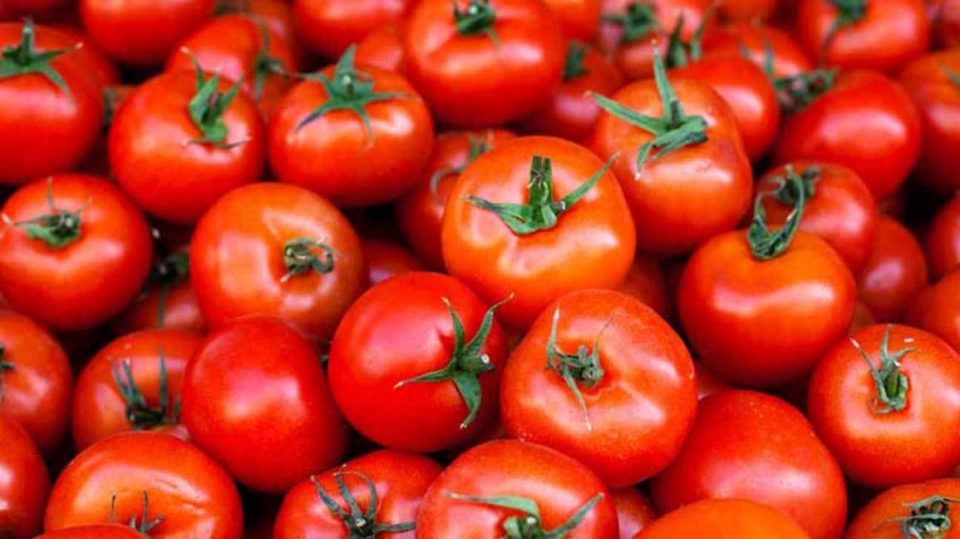Tomato farming holds immense potential for agricultural success, but achieving optimal results requires careful planning and execution. Avoiding common pitfalls can significantly improve crop yield and quality. Here are some key mistakes to steer clear of:
1. Wrong Variety Choice:
Selecting the appropriate tomato variety lays the foundation for a successful harvest. When choosing a variety, several factors must be considered:
– Market Demand: Research local market trends to determine which tomato varieties are in high demand. Choosing a variety that aligns with consumer preferences can enhance profitability.
– Fruit Size Demand: Consider the desired fruit size, as preferences may vary among consumers and markets.
– Maturity Period: Evaluate the maturity period of different varieties to ensure alignment with your production timeline and market demand.
– Tolerance to Pest and Disease: Opt for varieties that exhibit resistance or tolerance to common tomato pests and diseases prevalent in your region.
– Regional Suitability: Assess whether the selected variety is well-suited to the climate and soil conditions of your farm location.
Careful consideration of these factors will help maximize yield and minimize risks associated with growing the wrong variety.
2. Failure to Harden Tomato Seedlings:
Hardening off tomato seedlings is a critical step in their development process. This process involves gradually acclimating seedlings to outdoor conditions, such as changes in temperature and exposure to harsh weather. Failure to harden seedlings adequately can result in transplant shock, stunted growth, and reduced resilience to environmental stressors.
To harden tomato seedlings effectively, gradually expose them to outdoor conditions over a period of 7 to 10 days before transplanting. Start by placing seedlings outdoors for short periods, gradually increasing exposure time while monitoring their response.
3. Planting Tomatoes in Wrong Locations:
The success of tomato cultivation hinges on selecting suitable planting locations. While tomatoes can be grown in various environments, not all locations are ideal. Factors to consider include:
– Climate: Assess the local climate to ensure it meets the temperature and moisture requirements of tomato plants.
– Soil Conditions: Conduct soil tests to determine soil pH, nutrient levels, and drainage characteristics. Different tomato varieties have specific soil requirements, so choose locations with soil conditions conducive to optimal growth.
– Sunlight Exposure: Tomatoes thrive in full sunlight, so select planting locations that receive adequate sunlight throughout the day.
Matching tomato varieties with suitable growing conditions enhances plant health, productivity, and fruit quality.
4. Improper Tomato Irrigation:
Effective water management is essential for healthy tomato plants and optimal fruit production. Inconsistent watering practices can lead to various issues, including:
– Poor Crop Growth: Inadequate moisture levels can stunt plant growth and development.
– Poor Flower and Fruit Set: Fluctuating soil moisture levels may disrupt flower and fruit formation, leading to reduced yields.
– Blossom End Rot and Fruit Splitting: Calcium deficiency resulting from irregular watering can cause blossom end rot and fruit splitting, compromising fruit quality.
Developing a consistent watering schedule based on plant needs and environmental conditions ensures that tomatoes receive adequate moisture for optimal growth and development.
5. Applying Too Much Nitrogen Fertilizer:
While nitrogen is essential for plant growth and development, excessive application can have detrimental effects on tomato plants. Overuse of nitrogen fertilizer may lead to:
– Excessive Foliage Growth: High nitrogen levels can promote lush foliage at the expense of fruit development, reducing overall yield and quality.
– Increased Disease Susceptibility: Excessive nitrogen can weaken plants and make them more vulnerable to pests and diseases.
– Nutrient Imbalance: Imbalanced nutrient levels can affect plant health and productivity, leading to suboptimal yields.
To avoid these issues, carefully monitor nitrogen fertilizer application rates and adjust them based on soil nutrient levels and plant requirements.
By avoiding these common mistakes and implementing best practices in tomato farming, growers can optimize yield, quality, and profitability. Investing time and effort in proper planning and management pays off in the form of healthy, abundant tomato harvests.

